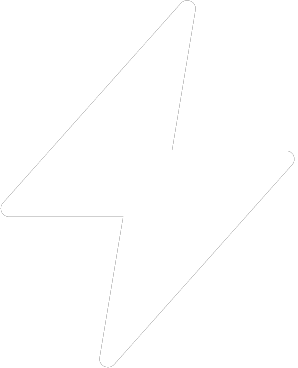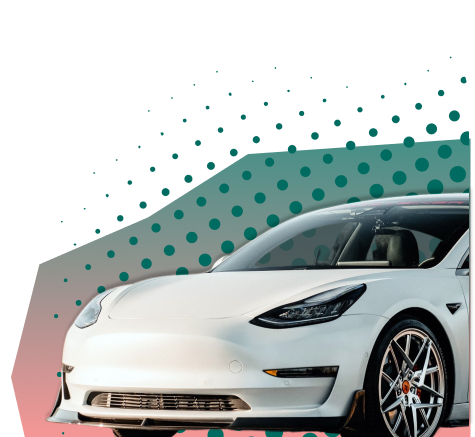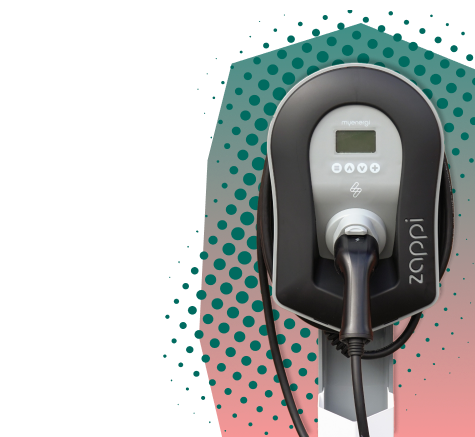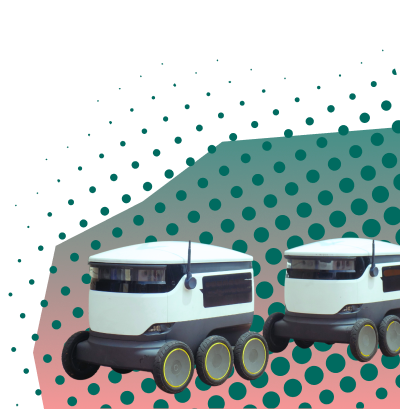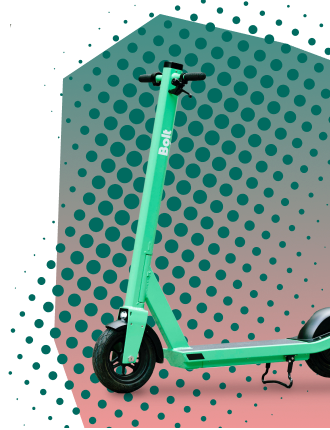The shift towards electric vehicles (EVs) is one of the most significant transformations in the automotive industry, fueling the need for effective charging solutions.
Tesla’s North American Charging Standard (NACS) has emerged as a promising solution, with rival automakers, including Ford, General Motors, and Mercedes-Benz, adopting it. This change not only reflects the growing influence of Tesla in the EV market but also promises to enhance the EV charging experience, which could accelerate EV adoption and drive demand for EV recruitment.
The Significance of Standardized Charging Plugs in the EV Industry
In the EV sector, one of the major barriers to widespread adoption has been the lack of standardized charging infrastructure. Different automakers have traditionally used various plug designs, leading to a fragmented charging network. This lack of uniformity has often made charging an EV a complicated and frustrating experience for drivers.
Tesla, the pioneer in the EV market, has developed its own proprietary charging plug, known as the NACS, and a network of Supercharger stations. The NACS plug and the Supercharger network have been acclaimed for their reliability and efficiency, making them attractive to EV drivers.
The Shift Towards Tesla’s NACS
The decision by major automakers to switch to Tesla’s NACS is driven by the desire to leverage Tesla’s extensive network of Superchargers. These Superchargers, numbering around 20,000 in the U.S, account for 62% of all high-speed chargers. They can quickly recharge an EV battery, adding up to 200 miles of range in just 15 minutes.
For Tesla, this move could potentially boost its annual charging revenue significantly. Moreover, it could expose non-Tesla drivers to Tesla’s ecosystem, potentially converting some of them into Tesla owners. Tesla’s CEO, Elon Musk, has also indicated that he is open to licensing other Tesla technologies to automakers, suggesting that this could lead to more collaborations in the future.
The Future of EV Charging Plugs
While the adoption of Tesla’s NACS by major automakers is a significant development, it does not necessarily signal the end of the plug wars. There are still many EVs on the road that require the Combined Charging Standard (CCS) plugs, and there are automakers that have not yet committed to Tesla’s standard.
However, the dream of having a single industry-standard plug could become a reality in the future. This standardization would simplify public charging, making it as straightforward as refueling a combustion-engine vehicle.
The Impact on Public Charging Stations
Even as automakers switch to the NACS, the CCS plugs will continue to be relevant. The federal government is investing heavily in the development of a nationwide network of public charging stations, and these stations are required to have CCS plugs.
The shift towards the NACS does pose challenges for charging networks, but it also presents opportunities. Networks will need to accommodate the new plug and improve their reliability to compete effectively with Tesla’s Superchargers.
The Expansion of Tesla’s Supercharger Network
Tesla’s decision to open up its Supercharger network to non-Tesla vehicles is a significant step towards promoting EV adoption. This move could greatly enhance the convenience of owning an EV, as drivers would have access to Tesla’s reliable and well-located Superchargers.
To facilitate this expanded access, Tesla has introduced the Magic Dock, an adapter that enables EVs with a CCS plug to use Tesla’s chargers. While the number of Superchargers equipped with the Magic Dock is currently limited, Tesla has indicated that more will be added in the future.
The Adoption of NACS by Automakers
Several automakers have announced their plans to adopt NACS on their upcoming models. These include BMW, Ford, General Motors, Honda, Hyundai, Jaguar, Kia, Mazda, Mercedes-Benz, Nissan, Polestar, Rivian, Toyota, and Volkswagen. The transition is expected to begin in 2024 and become standard by 2025.
Until the NACS becomes standard, adapters will be used to allow vehicles with CCS plugs to use Tesla’s Superchargers. While this solution is not as seamless as having a native NACS port, it is a viable interim measure.
The Limitations of Using Tesla’s Superchargers
While the move towards a standardized charging plug is a positive development, it is not without its challenges. Compatibility issues could arise as Tesla’s Superchargers, which have so far only needed to communicate with Tesla’s vehicles, will now need to interact with various non-Tesla brands.
Another potential limitation is that non-Tesla EVs might not charge as fast at Superchargers as they could at other DC fast chargers. This could increase the time it takes to recharge an EV at a Supercharger.
The Impact on Tesla Owners
With more EVs gaining access to Superchargers, Tesla owners might find themselves facing longer wait times. This could reduce the competitive advantage that Tesla owners have enjoyed so far in terms of charging.
However, Tesla owners will also benefit from an expanded range of charging options. As more charging networks add NACS chargers, Tesla owners will have more stations to choose from.
The Role of Automakers in Building Charging Infrastructure
While public charging infrastructure is important, residential charging is equally crucial for a seamless EV experience. However, automakers might be hesitant to invest heavily in residential charging until EV sales increase significantly.
As automakers adopt the NACS, they will need to reevaluate their residential charging solutions. Some automakers, like Mercedes-Benz, have confirmed that they will offer NACS cables with their home charging products. This will allow their customers to charge their EVs without needing an adapter.
The Competition in the EV Charging Market
The EV charging market is becoming increasingly competitive, with third-party companies offering affordable charging solutions. These companies could potentially offer generic options for consumers, leading to lower costs.
Tesla, with its extensive experience and influence in the EV market, is likely to be a major player in the charging market. The company has already launched a Universal Wall Connector, a residential charger that is compatible with both NACS and CCS cables.
The Future of the EV Industry
The move towards a standardized charging plug could be a game-changer for the EV industry. By simplifying the charging experience and enhancing the convenience of owning an EV, it could encourage more people to switch to EVs.
The EV industry is a dynamic and rapidly evolving sector, and the adoption of NACS is just one part of this evolution. As the industry continues to innovate and grow, it is likely to drive further changes in the automotive landscape.
The transition towards Tesla’s NACS is a significant milestone in the evolution of the EV industry, promising to enhance the charging experience and potentially accelerate EV adoption. As a knowledgeable and reliable partner in GreenTech recruitment, we are committed to supporting our clients in navigating this changing landscape and driving sustainable growth.
The Impact on the Hiring in the EV industry
As the EV industry continues to grow and evolve, there will be an increased demand for skilled professionals. Specialist EV recruitment companies like Storm4 play a crucial role in helping automakers and charging companies find the talent they need to drive growth and innovation. If you’re hiring, get in touch for valuable EV insights into the talent market, help identifying potential candidates and support throughout the recruitment process.
